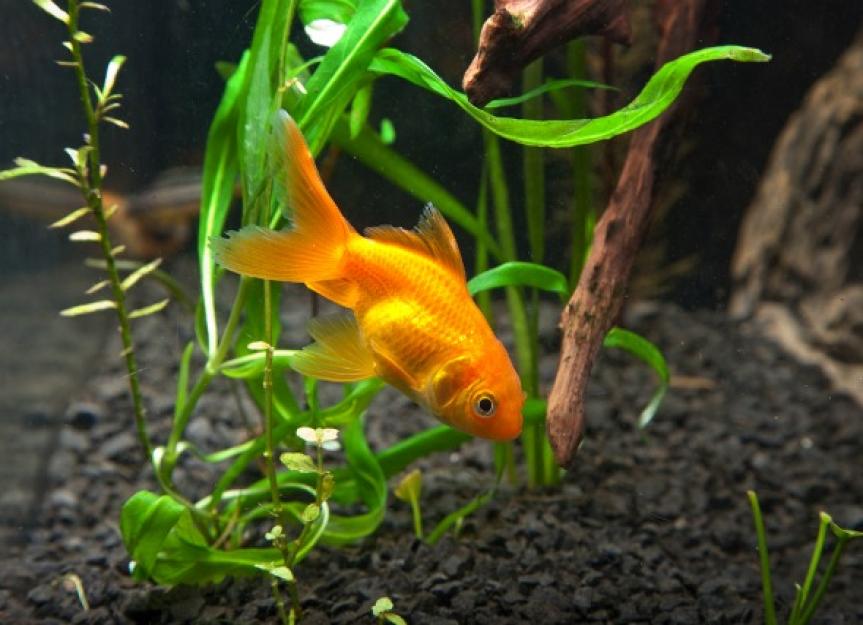在鱼类食物是什么?
Fish Food and Proper Nutrition
Fish diets vary widely. Some are strict vegetarians, grazing only on aquatic plants, while others are pure carnivores and only eat meat. Many species are omnivorous, preferring a little of everything in their diet.
With such diversity of diet, the internal organs need to be different from fish to fish. Many species have evolved specialized mouth structures to cope with their particular choice of nutrition and its digestive demands. For example, carnivorous fish have a short gut and a very acidic stomach where proteins are digested, while vegetarian fish have a longer gut and no stomach, giving enzymes time to break down the tougher vegetable matter for digestion.
However, despite their differences, the basic eating process is much the same. Food is taken into the mouth and passed to the stomach (or start of the gut if there is no stomach), where digestion begins. From here into the gut and on until the lower gut, enzymes continually work to break material down into its component parts. When the lower gut is reached, useful material enters the blood stream for transport to other parts of the body and whatever is left over is ejected as feces. In general, fishes use about 80% of food and get rid of the other 20% as waste.
Fish food consists of much the same components as any other type of nutrition: proteins, carbohydrates, vitamins, minerals and lipids (fat). They require a careful balance of all of these elements to stay in good health.
Carbohydrates and Proteins
Carbohydrates are simple sugars which are mainly provided by vegetable matter. They’re long cell chains that are broken down into glucose and used immediately for energy via respiration. If there’s excess, the fish can build it into glycogen and store it in the liver and muscles for later use.
Proteins are the basic building blocks of body tissue. They are used in growth and tissue maintenance, and are made up of 21 amino acids. Fish can break these acids down into energy if they need to: this is usually done if there’s excess acid or if they can’t find sufficient energy from other sources. However, breaking down these acids produces ammonia, which is toxic.
Lipids, Vitamins and Minerals
Lipids are fatty acids. They are generally digested and stored away as fat deposits until the fish mobilizes them -- in other words, it needs them and converts them into something else. When this happens, the deposits are either transmuted into complex organic compounds called “phospholipids,” which are used in building vital cell structures or they are oxidized to produce energy in brown muscle tissues.
Fish use vitamins and minerals in the same way as most living creatures: they are used in metabolic processes and are also incorporated into the fish’s body structure. Vitamins and minerals are an essential part of a balanced, healthy diet for all fishes.

